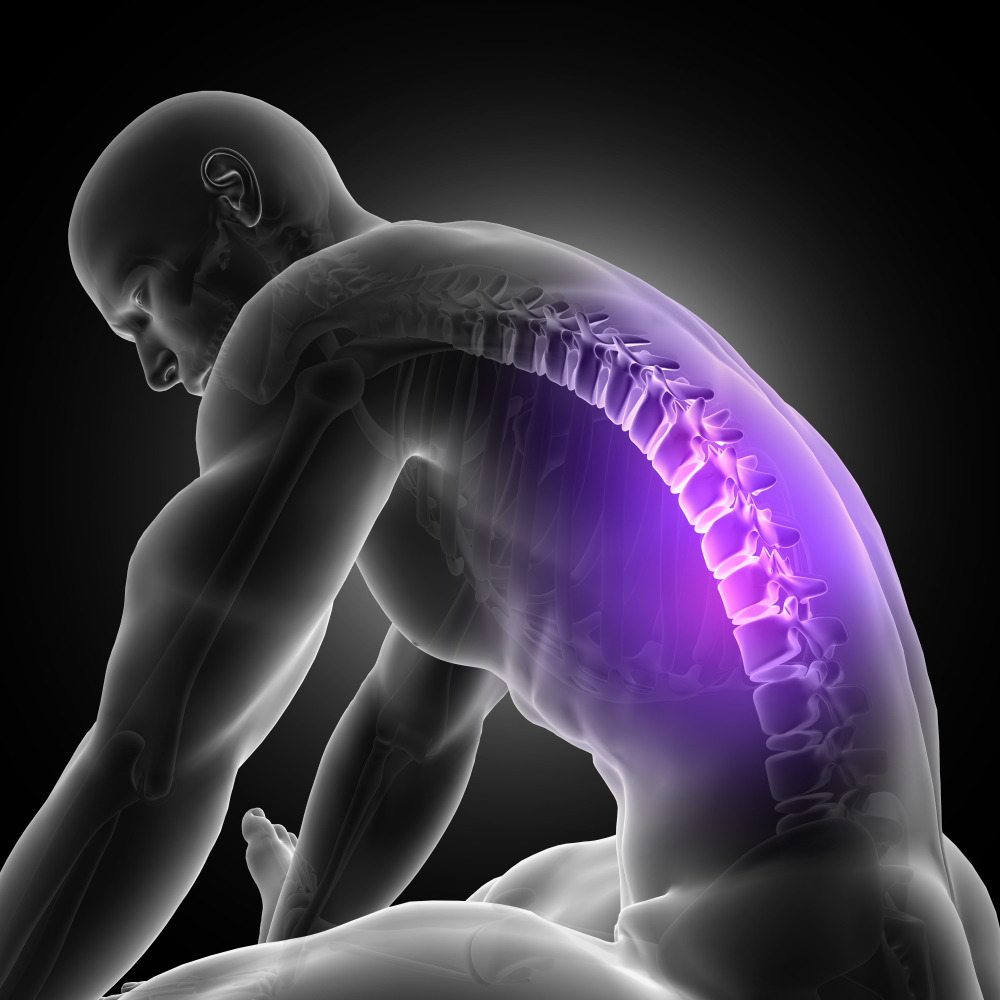Pain Management

Pain Management: Alleviating Discomfort for a Better Quality of Life
Understanding Pain Management: Pain management is crucial for individuals grappling with long-term illnesses, such as spinal injuries causing chronic pain, or those affected by short-term traumas. Its aim is to alleviate suffering and enhance the quality of life for individuals dealing with various forms of discomfort.
Symptoms and Causes: Pain manifests in various forms, from mild to severe, sharp to dull, serving as a symptom of numerous acute and chronic conditions. Causes of pain are diverse, ranging from aging-related issues like weakened bones and joints, to nerve damage, injuries, poor posture habits, obesity, and congenital conditions like spinal curvature. Chronic diseases such as arthritis, fibromyalgia, and even ailments like cancer or multiple sclerosis can lead to severe pain.
Treatment Options Several strategies exist for managing pain, tailored to individual needs:
Drug Therapy: Prescription or non-prescription medications are commonly used to alleviate pain, including NSAIDs like aspirin or ibuprofen, topical pain relievers, painkillers, anti-anxiety drugs, antidepressants, and steroid injections for inflammation reduction.
Physical Therapy: Involves specialized techniques administered by a physical therapist to improve movement and function, particularly beneficial for individuals with disabilities or injuries.
Regular Exercise: Enhances muscle tone, flexibility, and strength, while stimulating the production of endorphins, natural pain-relieving chemicals in the body.
Surgical Implants: Considered as a last resort when other methods fail, options include intrathecal drug delivery and spinal cord stimulation implants.
Trigger Point Injections: Administered to alleviate muscle pain by injecting a local anesthetic directly into the trigger point, aiding in muscle relaxation and beneficial for conditions like fibromyalgia or tension headaches.
TENS Therapy: Utilizes electrical stimulation to mitigate pain, commonly applied for conditions like diabetic neuropathy.
Bioelectric Therapy: Blocks pain messages to the brain, offering relief for various conditions including back pain, migraines, arthritis, muscle pain, and scleroderma.
By employing these diverse approaches, pain management endeavors to empower individuals to lead fulfilling lives, minimizing discomfort and promoting overall well-being.

